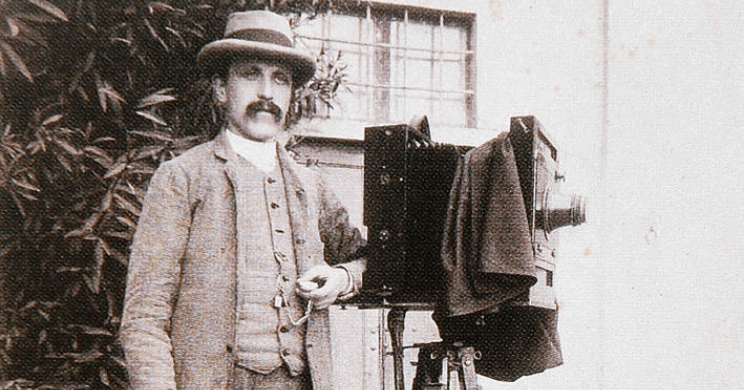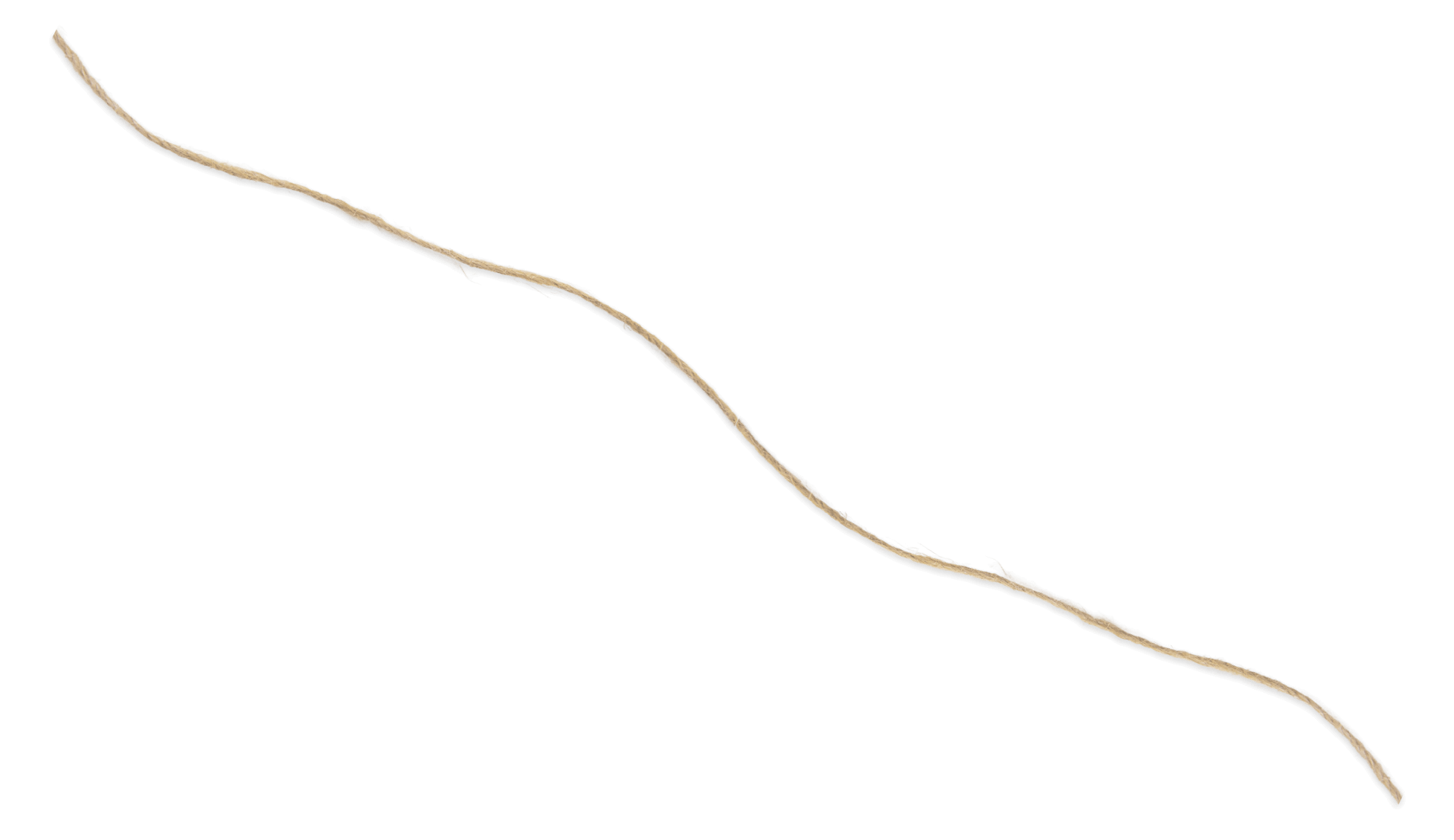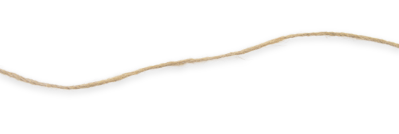The Basics
The first cameras, also known as a camera obscura, consisted of a box with a small hole in one side or the top. Light from an external scene passed through the hole and struck a surface inside, such as a glass plate. On this surface, the scene was reproduced, inverted (upside-down) and reversed (left to right).
Photographic Negatives
A photographic negative is a direct representation of the light that was captured by the plate or film when the shutter was opened by clicking the camera button.
When light enters the camera and exposes the wet plate (in the time of Secondo Pia) or film, it causes a chemical reaction that converts the light-sensitive silver halide crystals on the plate or film into metallic silver. This creates a negative image on the plate or film, which is the inverse of the actual scene that was captured.
The development process included placing the exposed plate in a developing solution to transform the latent image into a visible negative image. The plate was then rinsed to stop the development process and immersed in a fixing solution.
What was left was a picture “fixed” to the film. This picture was a “negative.” It was so called because the tones had been reversed. When a print was made from the reversed-tone image in the negative it comes out as a correct tonal display, forming a positive image which is normally then printed to photographic paper.

The First Photograph of the Shroud
Amateur photographer Secondo Pia was asked to take the first photographs of the Shroud. He used a transparent glass plate photographic method to capture the image on glass plates that were coated with light-sensitive solution. His large-format view camera provided fine detail and precise control over focus, perspective, and exposure.
Pia took his photographs during the night of May 28-29, 1898, in the Turin Cathedral, where the Shroud was kept. His work included several long-exposure photographs of the entire length of the Shroud.
After exposing the glass plate to the image, Pia removed it from the camera and developed it in a darkroom.
The development process included placing the exposed plate in a developing solution to transform the latent image into a visible negative image. The plate was then rinsed to stop the development process and immersed in a fixing solution.
To create a positive print, photographic paper is placed in direct contact with the negative image on the glass plate and then exposed to light. The glass plate and paper are separated, and the photographic paper processed with developer chemicals that react with the light-sensitive emulsion on the paper to reveal the positive image. After rinsing, fixing, and washing the photographic paper, the print is air-dried.
The Surprise Discovery
When Pia developed the glass plates, he was shocked to discover the photographic negative looked more like a fully developed photograph.
The dark areas of the Shroud image appeared as light areas, and the light areas appeared as dark areas. However, the blood stains appeared as expected, the dark blood looked white in the photographic negative.
Typically, the positive image provides more detail and clarity of the subject, but with the Shroud image, there is a total inversion of the tonal values. The negative image gives a startlingly clear picture of the Man of the Shroud.
This discovery sparked the era of modern scientific studies on the Shroud.
Before Pia’s photographs, the cloth had predominantly been an object of religious devotion. With the revelation that the photographic negative was much clearer and more understandable than the natural image visible to the naked eye, scientists and researchers became interested in studying this mysterious cloth.



